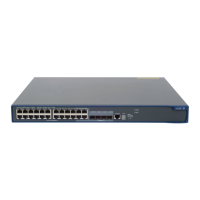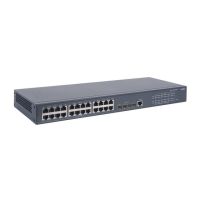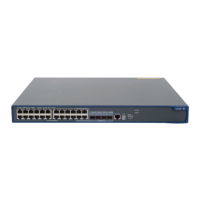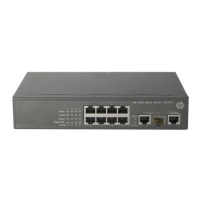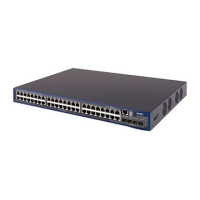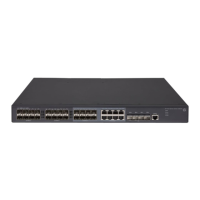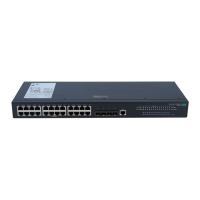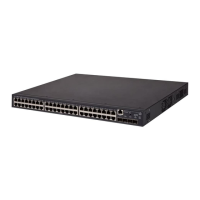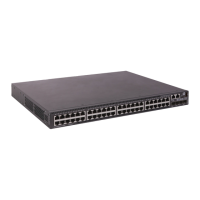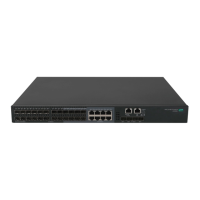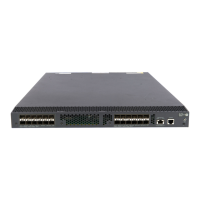146
If you specify both a source IPv4 address and a source MAC address in a portal-free rule, the IP address
must be a host address with a 32-bit mask. Otherwise, the specified MAC address does not take effect.
If you specify both a source IPv6 address and a source MAC address in a portal-free rule, the IPv6
address must be a host address with a 128-bit prefix. Otherwise, the specified MAC address does not
take effect.
You cannot configure a portal-free rule to have the same filtering criteria as that of an existing one. When
attempted, the system prompts that the rule already exists.
No matter whether portal authentication is enabled on an interface, you can only add or remove a
portal-free rule, rather than modifying it.
For Layer 2 portal authentication, you can configure only portal-free rules that are from any source
address to any or a specific destination address. With such a portal-free rule configured, users can
access the specified address without portal authentication.
Related commands: display portal free-rule.
Examples
# Configure a portal-free rule, allowing any packet whose source IP address is 10.10.10.1/24 to bypass
portal authentication.
<Sysname> system-view
[Sysname] portal free-rule 15 source ip 10.10.10.1 mask 24 destination ip any
portal local-server
Syntax
portal local-server { http | https server-policy policy-name }
undo portal local-server { http | https }
View
System view
Default level
2: System level
Parameters
http: Specifies that the local portal server use HTTP to exchange authentication packets with clients.
https: Specifies that the local portal server use HTTPS to exchange authentication packets with clients.
server-policy policy-name: Specifies the SSL server policy to be associated with the HTTPS service.
policy-name indicates an SSL server policy name, a case-insensitive string of 1 to 16 characters.
Description
Use the portal local-server command to configure the protocol type to be supported by the local portal
server and load the default authentication page file.
Use the undo portal local-server command to cancel the configuration.
By default, the local portal server does not support any protocol type.
When executing this command, the local portal server loads the default authentication page file, which
is supposed to be saved in the root directory of the device. To make sure that the local portal server uses
the user-defined default authentication pages, edit and save them properly before executing this
command. Otherwise, the system default authentication pages are used.
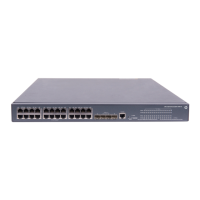
